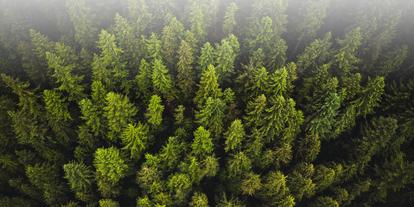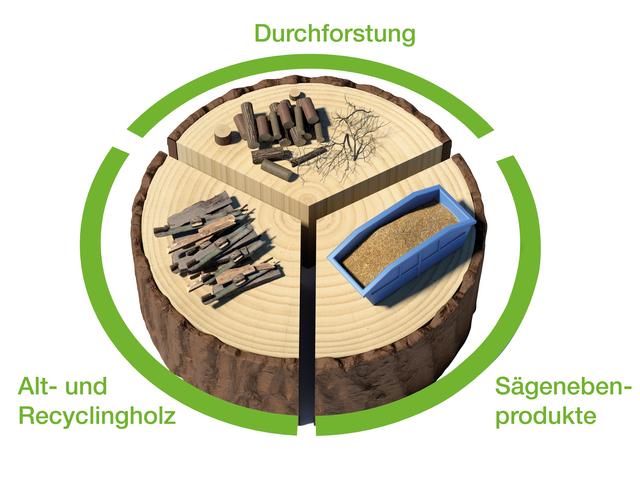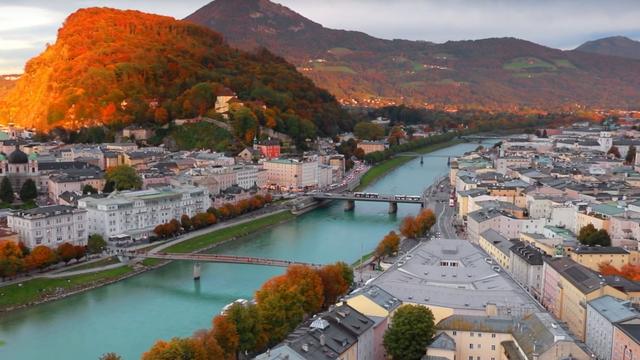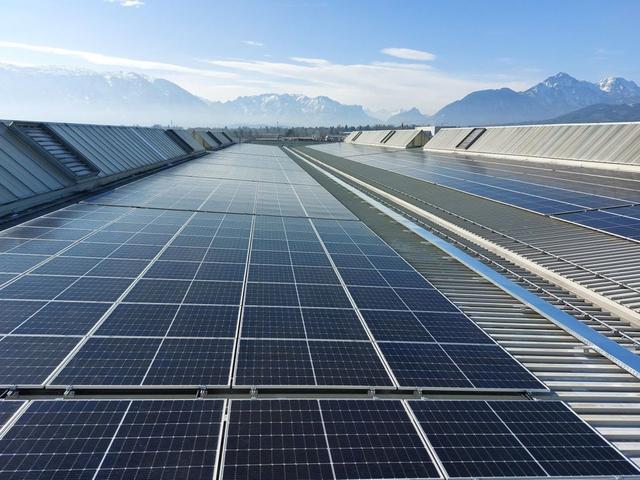Sustainability
by KAINDL

Our current Sustainability Report is online.
KAINDL's message ... we say yes to sustainability, people and nature!
For us at KAINDL, the responsible use of natural resources is a major concern. Circular economy, climate protection and an ecological value chain are part of the Kaindl corporate culture. At KAINDL, we are working to make a contribution to global efforts to combat climate change in all areas of our activities. We firmly believe in growing together with our customers and employees. Our priorities include good communication with our employees and creating a healthy and safe working environment.
Our sustainability report addresses these aspects and includes strategies, objectives and performance in terms of economic, environmental and social sustainability.
Supporting a sustainable future is at the heart of our company's beliefs and is an integral part of our Vision 2030.
We invite you to join us on this journey.

Environment and health – four reasons for Kaindl products
-

Circular economy
Wood is a raw material that is important to us and one which we manage responsibly. We therefore use large quantities of recycled wood in our production, and in doing so we give it a second life. Kaindl products can then also be recycled at the end of their useful life.
-

Eco friendly
90 % of the raw material used to make Kaindl products are renewable and come from the regional timber industry. The grow in Austria's forests at a rate of one cubic metre per second. Sustainable forest management ensures that more wood is being regrown than is removed.
-

Climate protection
Our products are CO2-negative. Due to their high wood content they have an unbeatable life cycle assessment and make an active contribution to climate protection. One pallet of Kaindl flooring captures and holds approx. 700 m³ CO2. This corresponds to the emissions caused by a car trip around 7,000 kilometers.
-

Healthy living
Anyone who buys Kaindl products buys healthy living! Our products meet international standards, they are free from harmful plasticisers and pollutants, and ensure high-indoor air quality. Our laminate floors are also PVC-free. We guarantee this!
Sustainable use of wood in Kaindl products
Waste and recycled wood already account for more than 30 % of the wood we use. We purchase these from local specialist firms. An additional 30% is made up of sawmill by-products – i.e. sawdust and wood chips. The remaining wood, as already mentioned, comes from thinning and forest maintenance.
Here we rely on wood from certified and controlled sources according to the FSC® and PEFC standards.*
* FSC® C011253 and PEFC/06-35-18


The circular economy
Wood is our most important raw material. Responsible handling of it leads to an efficient circular economy. From the raw material procurement, to production, through to recovery and independent energy production, our focus is continuously on sustainable management.
Regional and sustainable energy production
The topic of sustainability is also reflected in our renewable energy and energy efficiency projects. Kaindl relies on renewable energies and is making great efforts to be even more independent of the electricity and gas market in the future. 365 days a year we rely on solar energy and generate electricity with our own photovoltaic system. 100% of that energy flows directly into our production.
With the construction of a biomass cogeneration plant, we are taking a further step towards sustainable and regional energy production. Our goal is to operate the plant without gas and with CO2-negative generated electricity in the future. We can even use the waste heat generated from the production process for the community.

Benefit for households in Salzburg
In this way, we completely dispense with fossil fuels and use only waste wood for energy generation. The thermal utilization of this wood only takes place at the end of its life cycle when further utilization is no longer possible. The power plant will be built on the existing plant site without additional soil sealing and using the existing infrastructure. The fuel heat output of the combined heat and power plant is 150 MW and Kaindl is investing the sum of 1 million euros into it. Commissioning is planned for 2026.
In addition, around 45 MW of waste heat can be fed into the district heating network of the city of Salzburg. This means that around 20,000 Salzburg households can be supplied with heat in the future, which is 7 times the amount we are currently feeding into the system.
A big step towards climate neutrality and energy autonomy
As a result, the share of fossil fuels in Salzburg AG's district heating can be reduced to one third. The construction of the new heating plant thus reduces greenhouse gas emissions and makes us more independent of the international energy market.

Our contribution to climate protection
Our products are CO₂-negative. Thanks to their high wood content, they have an unbeatable life cycle advantage, and thus actively contribute to climate protection. For clarification: One cubic metre of wood confines one ton of CO₂, a pallet of Kaindl flooring confines around 1.4 tons of CO₂. This is equal to the emissions of a car trip of around 7,000 kilometres.
Kaindl Cargo Shuttle
It is used for the daily transport of raw and finished products, efficiently and environmentally. As a result, 500,000 tons of products no longer have to be transported by motorway. This eliminates 4,000 tons of C0₂ yearly. The truck kilometres save roughly the equivalent of 8-times the length of the entire Austrian road network.

LED / e-mobility
We have retrofitted our lighting with state-of-the-art LED technology; this produces annual savings of 1,900,000 kilowatt hours! With this energy, an electric car could travel around the Earth roughly 300 times.
Also 80 % of our forklift trucks are already operated electrically; the goal is to increase this number to 100 %. After all, by using electric forklift trucks we save an impressive four million litres of crude oil per year!

Photovoltaic system
We rely on the power of solar energy and equip our hall roofs with a photovoltaic system. This represents a further significant step towards reducing the consumption of fossil fuels. The new system will produce green electricity for our own use. Due to continuous power consumption, no costly storage is necessary.









